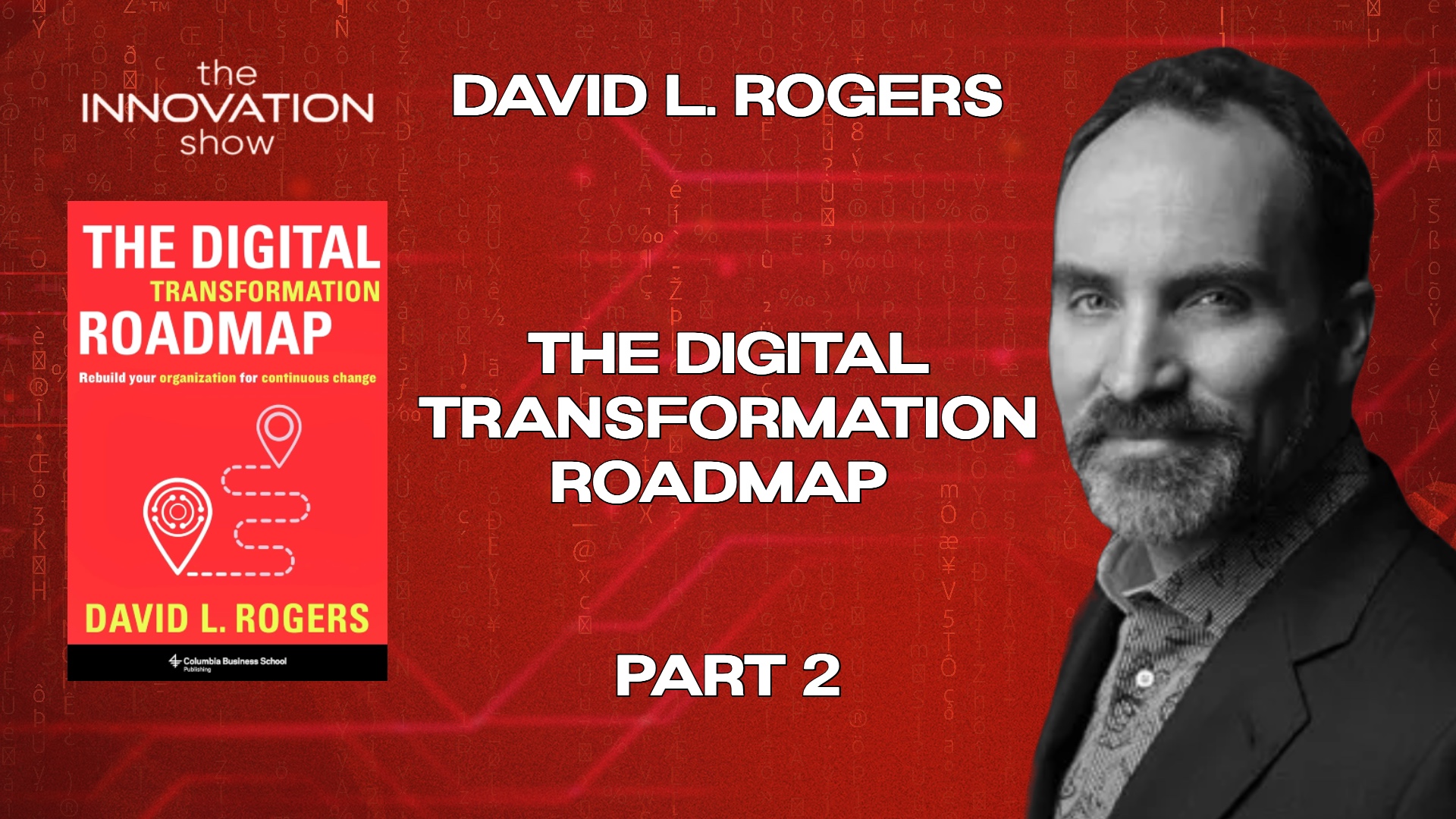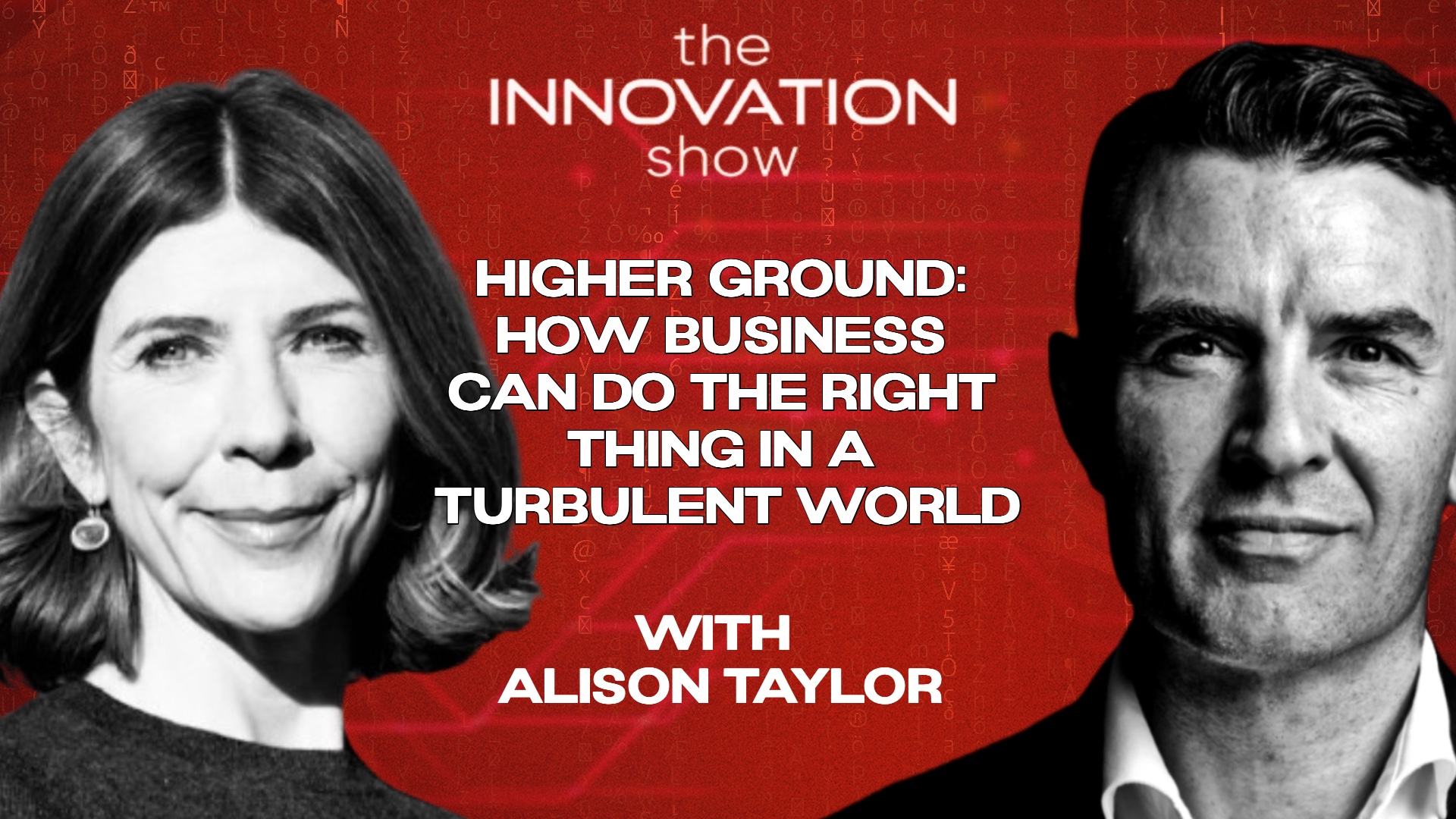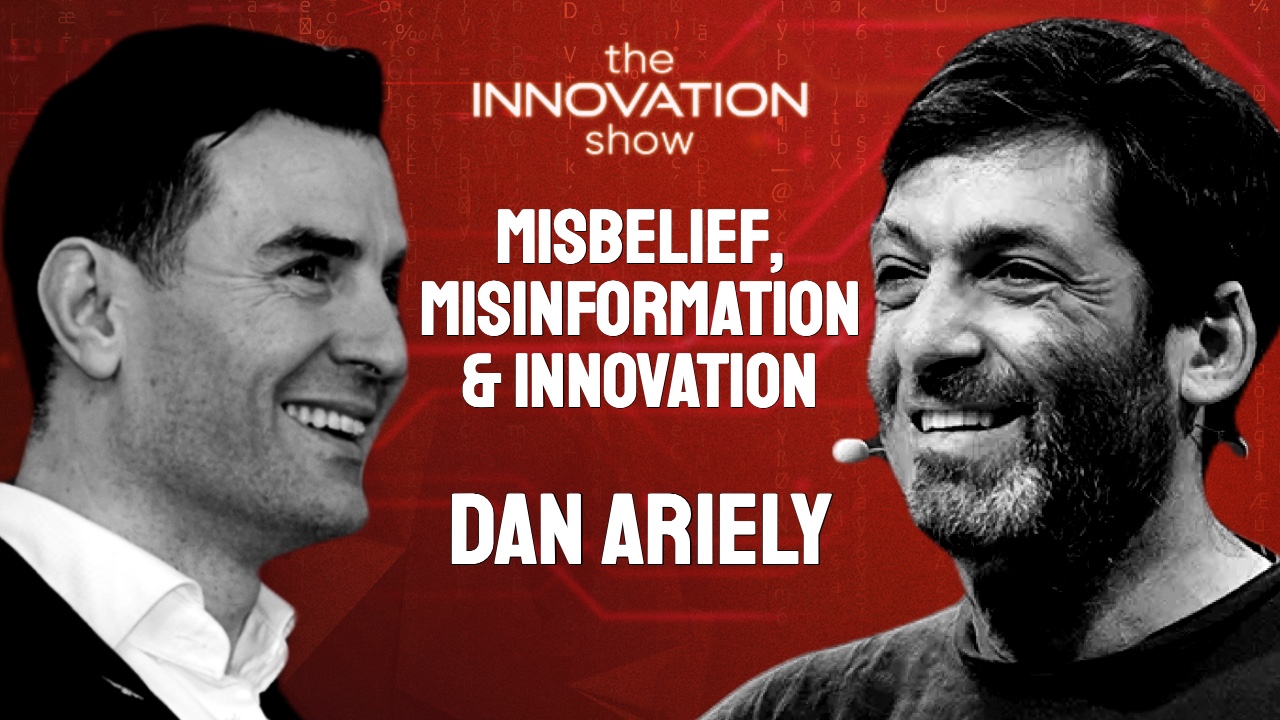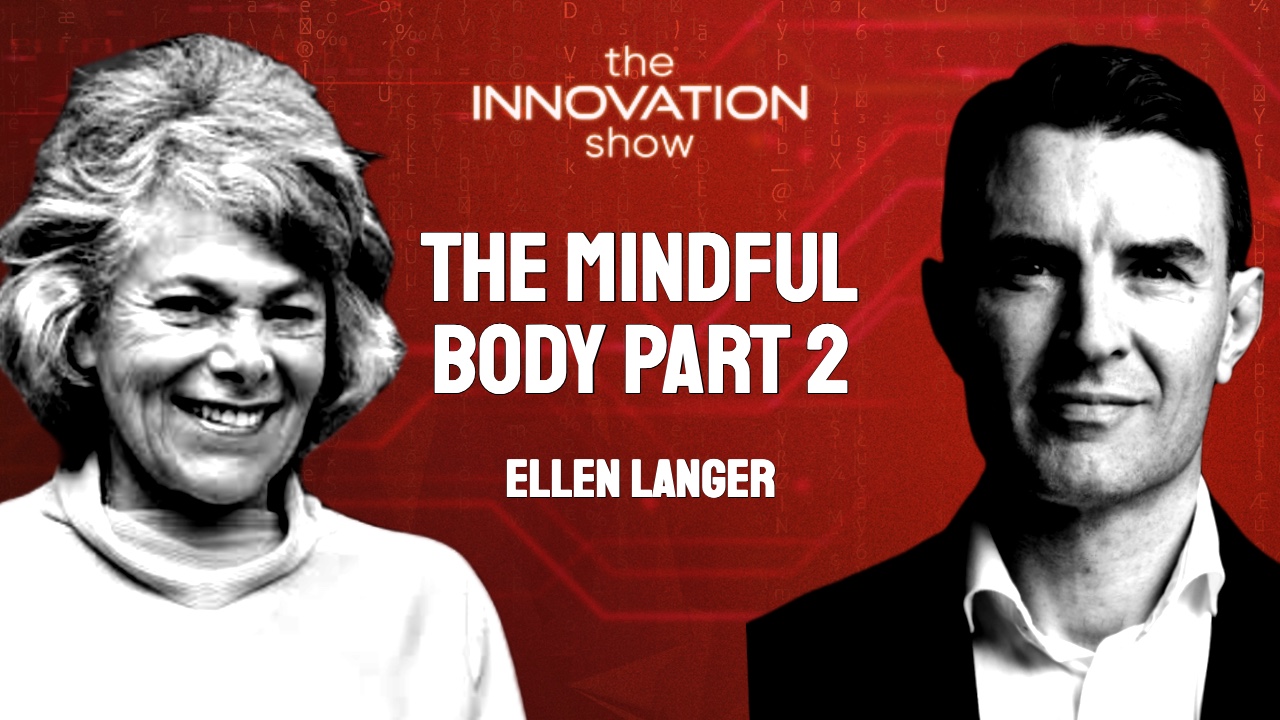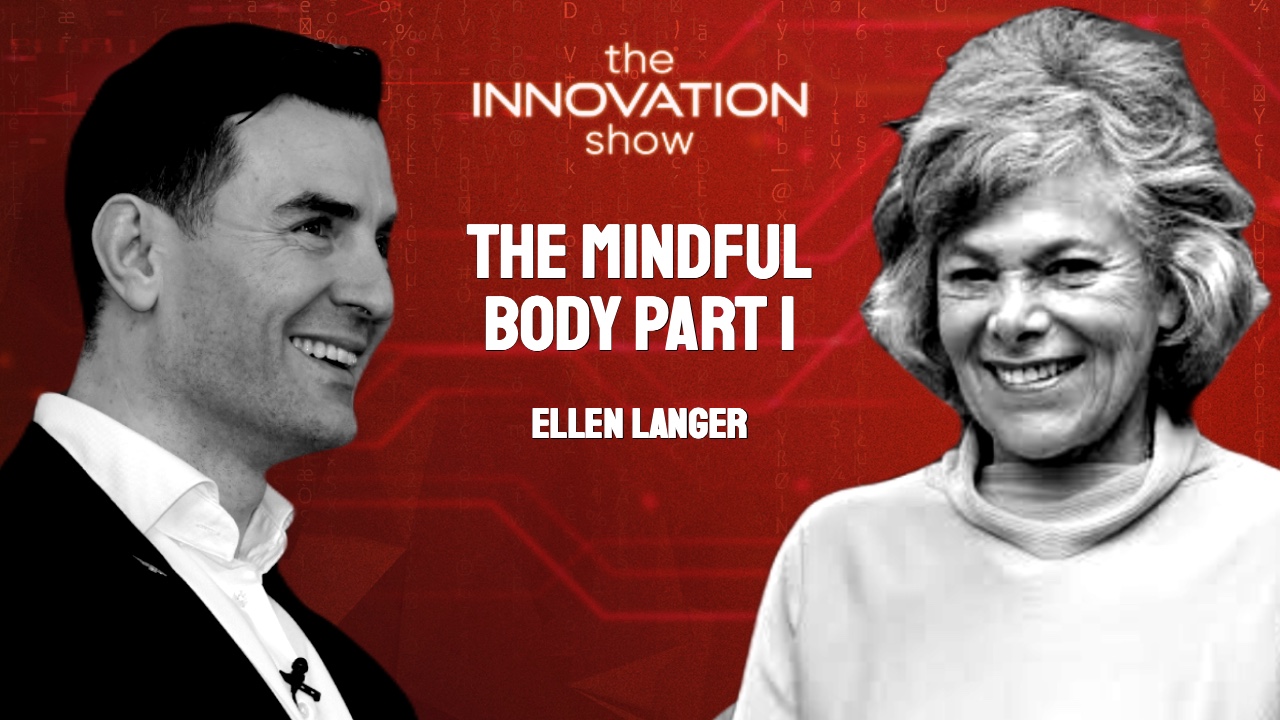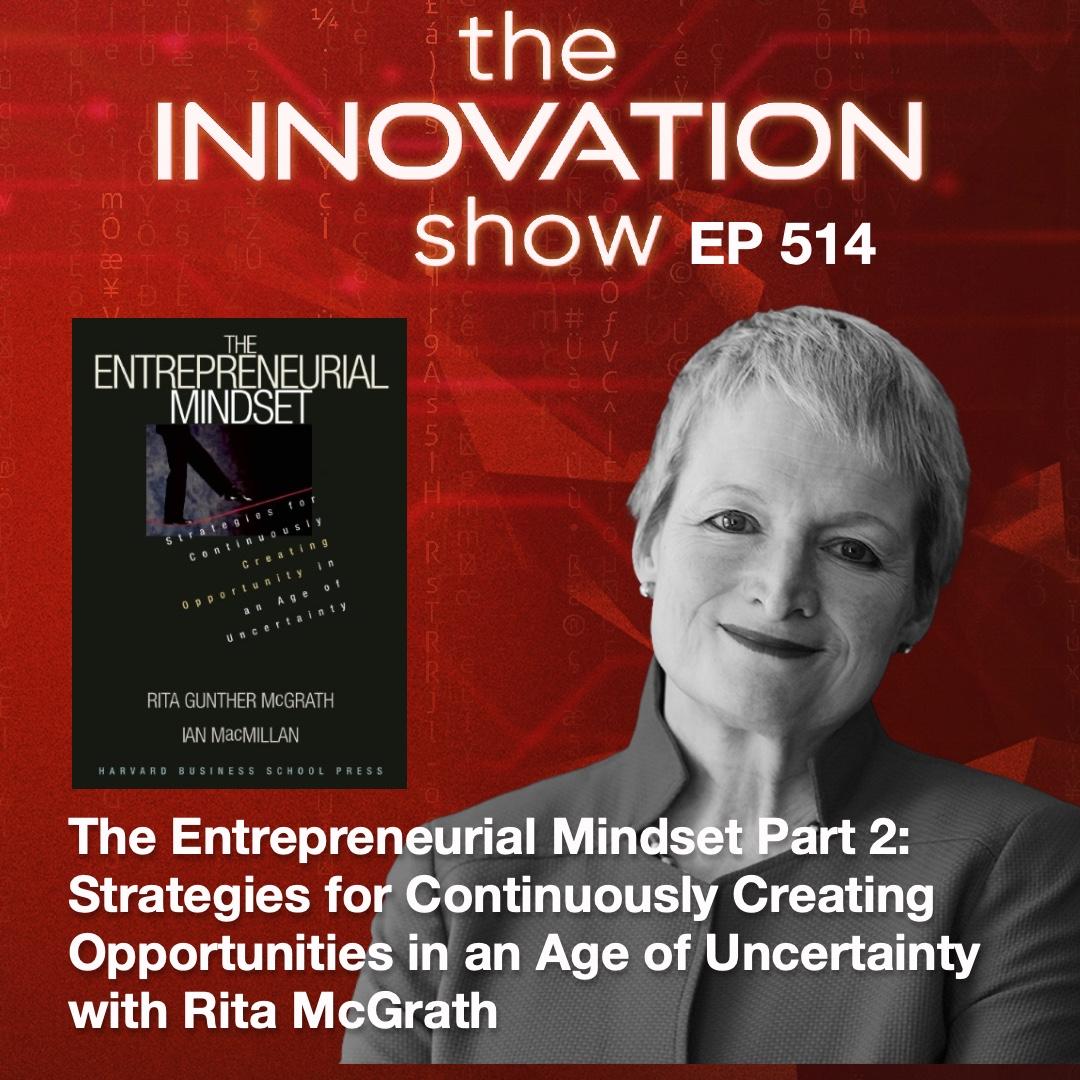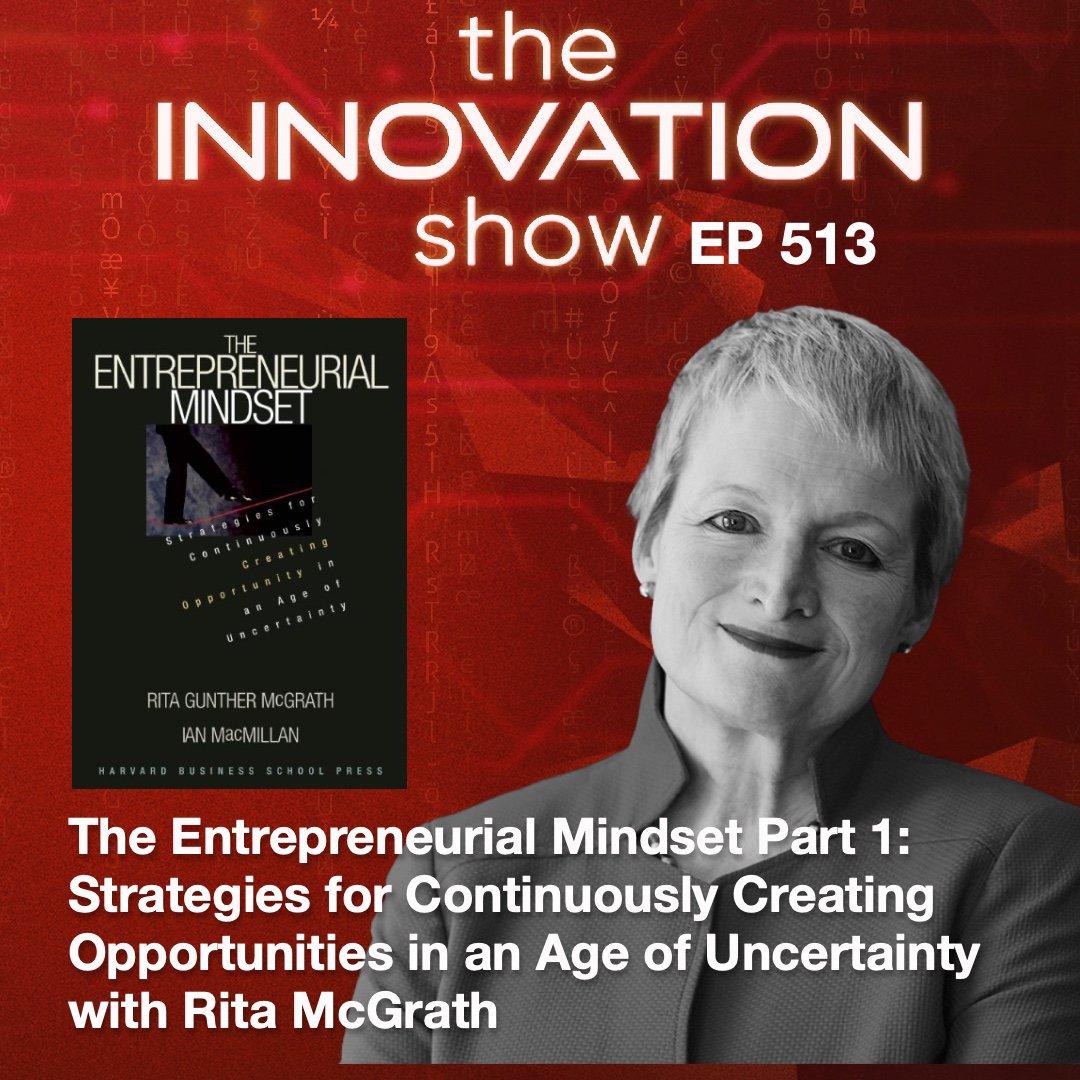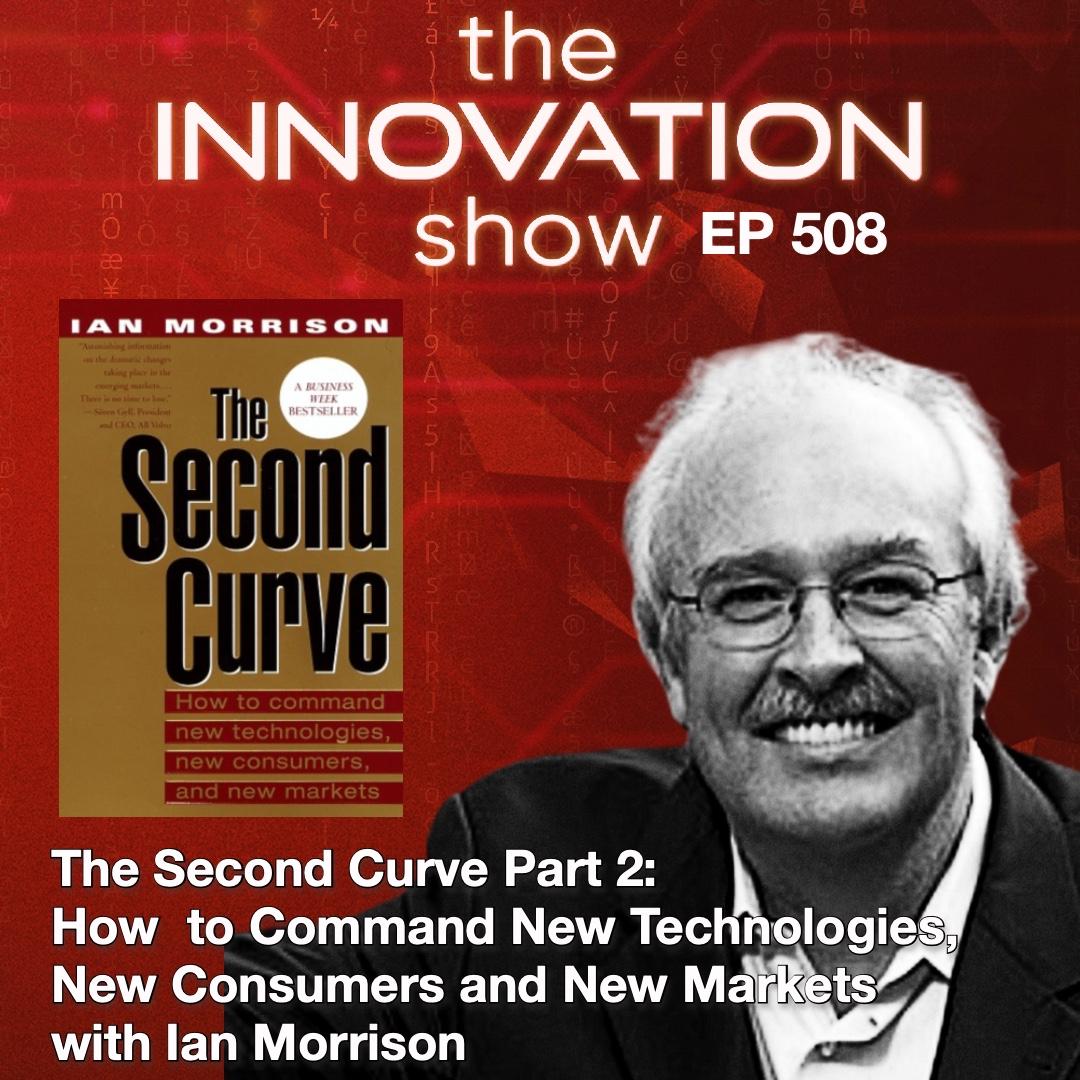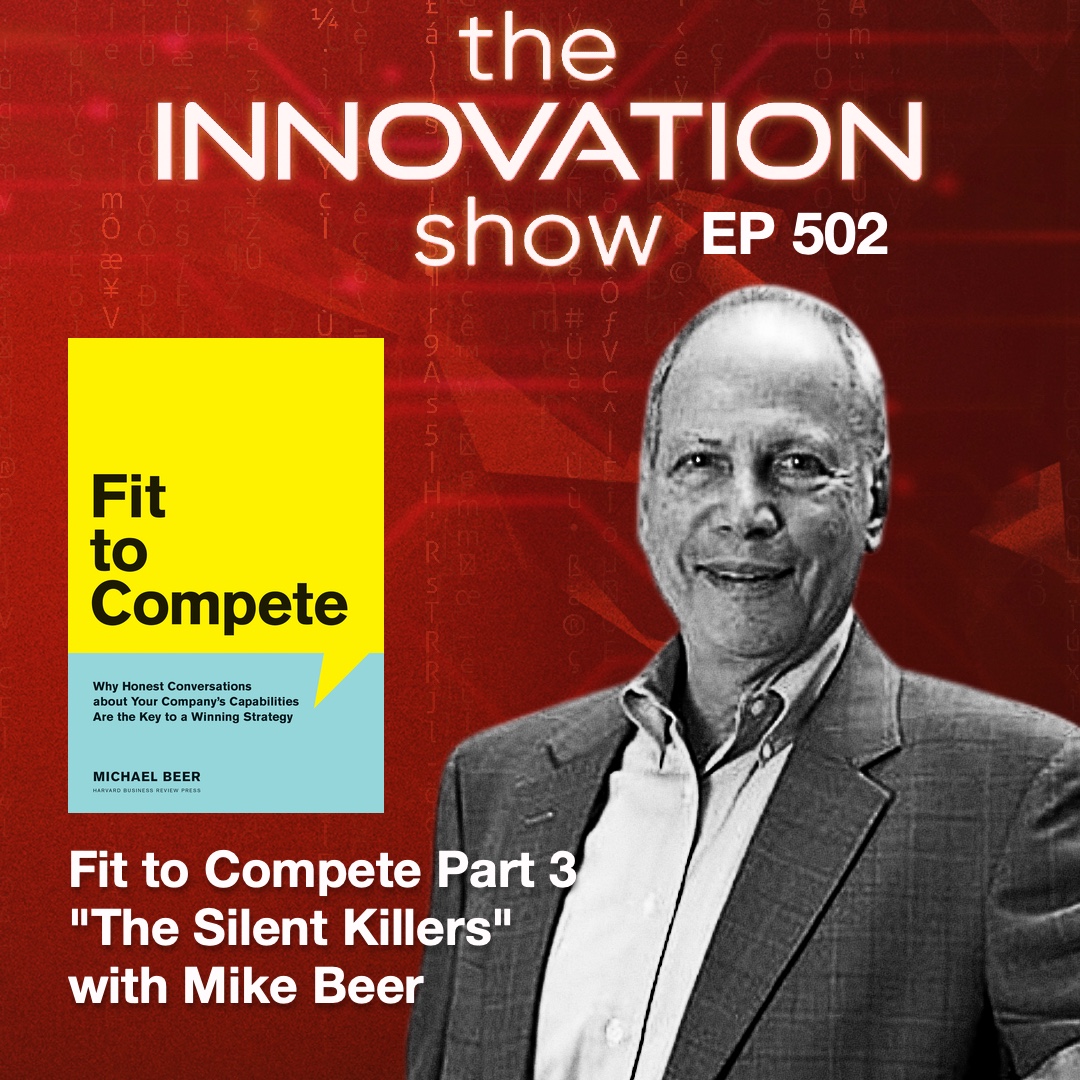Aidan and David Rogers, the author of ‘The Digital Transformation Roadmap’ delve into the significant challenges and strategies for digital transformation within organisations. Key topics include overcoming psychological and organisational debt, technical capabilities required for transformation, the importance of suitable technology, retaining key talent, and evolving organisational culture. David also shares insights on governance and iterative funding, emphasising the need for smart shutdowns and resource allocation. The episode is packed with practical examples, including successful digital transformations at Walmart and Netflix. David’s profound experience and practical tools make this essential listening for business leaders and innovators.
Posted 2 years ago Tagged Aidan McCullen Alison Taylor Business business ethics Corporate Culture corporate responsibility ethical challenges ethical leadership Higher Ground Innovation Leadership NYU Stern responsible business Social Media stakeholder capitalism systemic issues Transformation transparency
Join Alison Taylor, NYU Stern ethics professor and author, to explore ethical challenges, stakeholder capitalism, corporate culture, and the role of leadership in building a responsible and sustainable business.
Posted 2 years ago Tagged Aidan McCullen Behavioral Economics Business Cognitive Bias Cognitive Dissonance Conspiracy Theories Dan Ariely Dunning-Kruger Effect empathy Fake News Identity and Belief Innovation Leadership Misbelief Misinformation Political Affiliation Psychology Resilience Secure Attachment Shibboleth Social Media Stress and Misbelief Transformation Trust in Society
This episode features Dan Ariely, author of ‘Misbelief, what makes rational people believe irrational things’, focusing on the psychology behind misinformation and belief in conspiracy theories.
Posted 2 years ago Tagged Aidan McCullen Business Leadership
Discover Ellen Langer’s transformative insights on mindfulness and positive psychology for boosting creativity and innovation, on the innovation show.
Posted 2 years ago Tagged Aidan McCullen Carrying out tasks Chronic Health Confidence Building Ellen Langer Empowerment Habitual Behaviour Health Awareness Lifestyle Mind-Behaviour Connection Motivational Interview Personal Development Positive Psychology Social Psychology Stress Management Thinking habits Transformation
An Interview with Ellen Langer: The Power of Mindfulness in Health and Life. Ellen Langer was the first woman to be tenured in psychology at Harvard. Known worldwide as the mother of mindfulness and the mother of Positive Psychology
Posted 2 years ago Tagged Aidan McCullen Business Disruption Entrepreneurship Innovation Leadership Rita McGrath Transformation
In part 2 of The Entrepreneurial Mindset, Rita McGrath, discusses the concept of the entrepreneurial mindset and the power of consumption chain analysis for businesses seeking to differentiate and innovate.
Rita illustrates how understanding each step of a customer’s journey, from need identification to product disposal, can unveil numerous opportunities for innovation and competitive advantage.
Posted 2 years ago Tagged Aidan McCullen Business Corporate Culture Disruption Entrepreneurship Innovation Leadership Rita McGrath Strategy The Entrepreneurial Mindset Transformation
A conversation with Rita McGrath, author of ‘The Entrepreneurial Mindset,’ exploring principles for thriving in rapidly changing environments. McGrath shares her personal journey from industry to academia, emphasising the importance of understanding practical business applications.
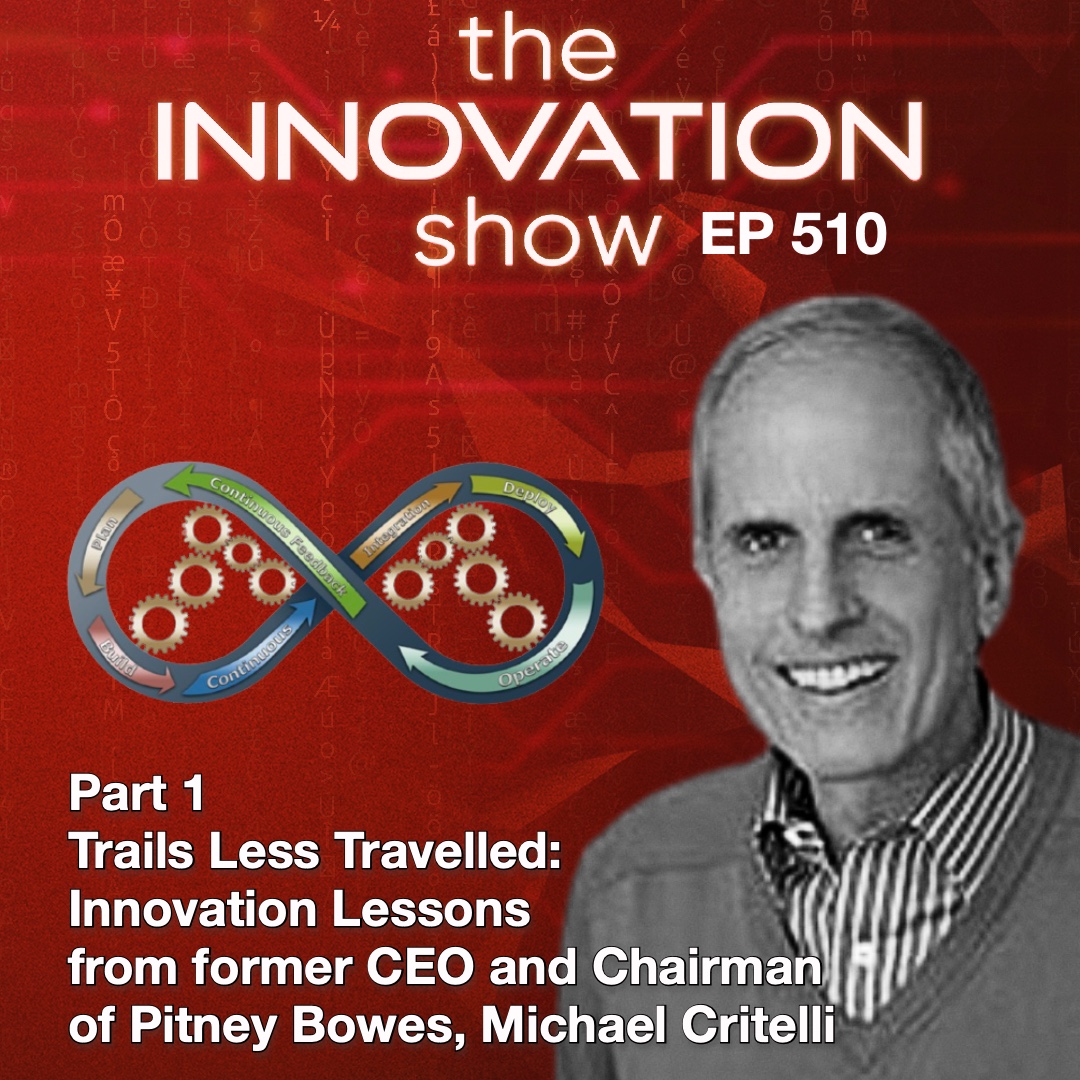
Trails Less Travelled: Innovation Lessons from former CEO and Chairman of Pitney Bowes, Michael Critelli Part 1
Posted 2 years ago Tagged Michael Critelli
In this episode of ‘The Innovation Show,’ host Aidan McCullen sits down with the former chairman and CEO of Pitney Bowes, Michael Critelli.
Through a deep dive into Critelli’s career, we explore his penchant for the road less traveled, his transformative leadership at Pitney Bowes, and his insights on innovation, strategy, and foresight. From humble beginnings to leading a staple communications company through times of intense change, including the internet era, 9/11, and the recession, Critelli shares lessons on valuing potential over qualifications, listening to dissent, and the importance of constant adaptation in business and life.
00:00 Early Career and Joining Pitney Bowes
01:40 Climbing the Ladder: From Legal to Leadership
04:28 Reinventing Pitney Bowes: A Tale of Transformative Change
07:09 Embracing Agile Strategy: Lessons from the Front Lines
13:51 The Power of Listening and Adapting in Leadership
42:39 The Importance of Vision and Courage in Decision-Making
44:47 Fostering a Culture of Continuous Learning and Innovation
Posted 2 years ago Tagged Aidan McCullen Business Innovation Digital Transformation Future Of Work Ian Morrison Organizational Change Pitney Bowes Second Curve Sony Vs Disney
Ian and the host, Aidan McCullen, explore how companies past and present have navigated the transition from the ‘first curve’ – a state of established practices and security – to the ‘second curve’ of innovation and adaptation in the face of new technologies and markets. They discuss examples of organisations like HR Block, SGI (Silicon Graphics), and Volvo, and how they’ve managed to pivot or struggled with these shifts.
Ian offers profound insights into the societal move towards a knowledge economy, the importance of venture capital in disruptive innovation, consumer empowerment, and the geographical shift in economic power towards the Asia-Pacific region. Furthermore, they discuss the importance of organisational culture in adapting to change, the challenges of measuring success on the second curve, and the personal and societal impacts of these transitions.
The conversation concludes by emphasising the need for individuals and organisations to embrace uncertainty, leverage existing competencies, and prepare for a future that prioritises hyper-effectiveness and adaptive skills.
00:00 Introduction to the Second Curve
00:31 Understanding the Shift from First to Second Curve
00:56 The Impact of the Second Curve on Organizations
01:44 The Second Curve and the Post-Industrial Economy
02:10 The Role of Knowledge in the Second Curve
02:48 The Power of Disruptive Innovation
03:03 The Shift in Consumer Power
03:34 The Geographic Transformation of the Second Curve
04:36 The Importance of People in the Second Curve
05:31 The Second Curve Mindset
06:25 The Dilemma of the Second Curve
09:02 The Role of Technology in the Second Curve
15:06 The Impact of the Second Curve on Individuals
18:24 The Future of the Second Curve
48:19 Conclusion: Embracing the Second Curve
Find ian here: http://ianmorrison.com
Posted 2 years ago Tagged
Dive into the heart of innovation, strategy, and reinvention with our latest episode on Mike Beer’s ‘Fit to Compete.’ Uncover the silent killers of strategy execution and how to overcome them, featuring insights from leaders and case studies like Hewlett Packard. Perfect for leaders, innovators, and anyone looking to transform their organizational culture for strategic success. Tune in to transform challenges into victories with actionable insights
